#turkic
Photo
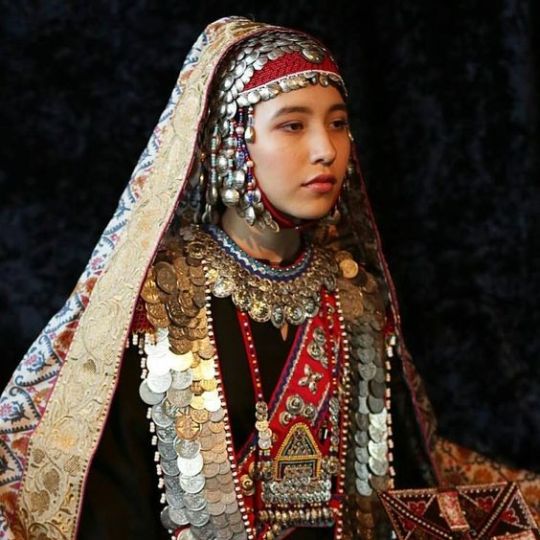
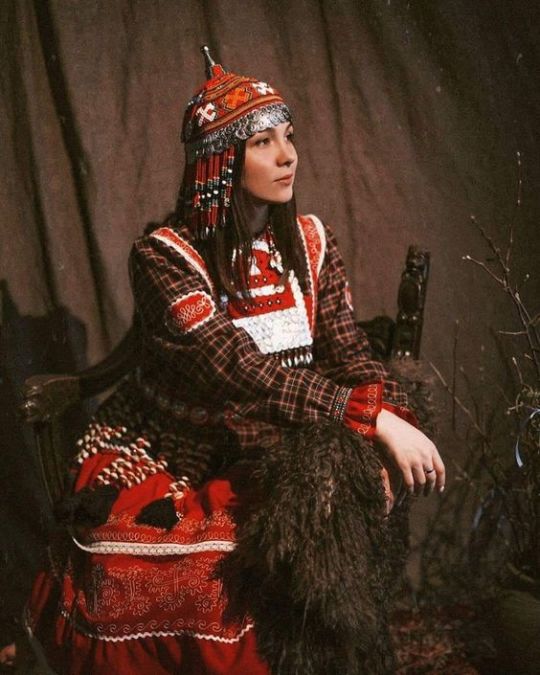
Chuvash girls
455 notes
·
View notes
Text
TURKIC TRADITIONAL CLOTHES VS OTOYOMEGATARİ
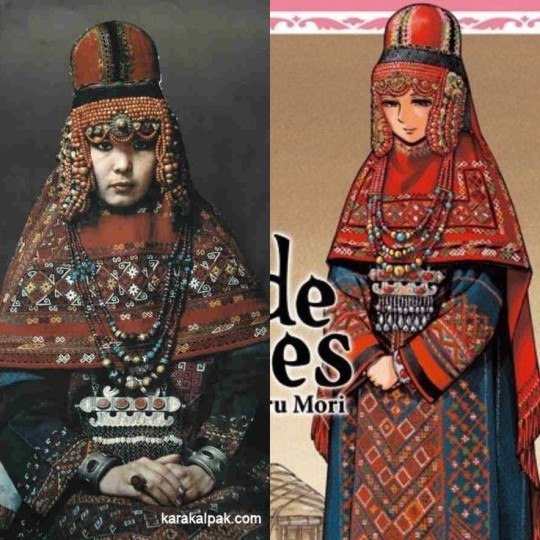
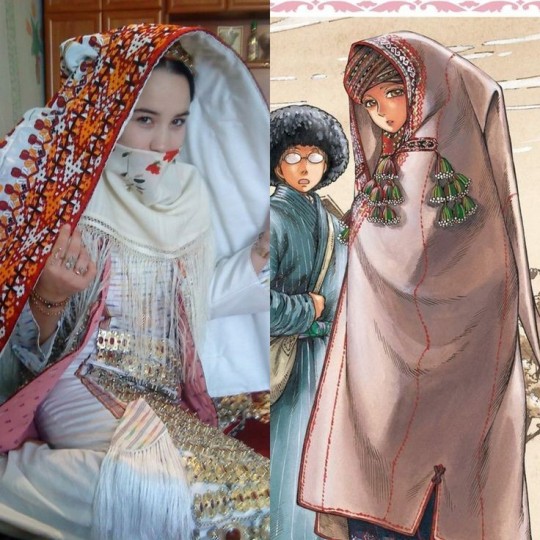
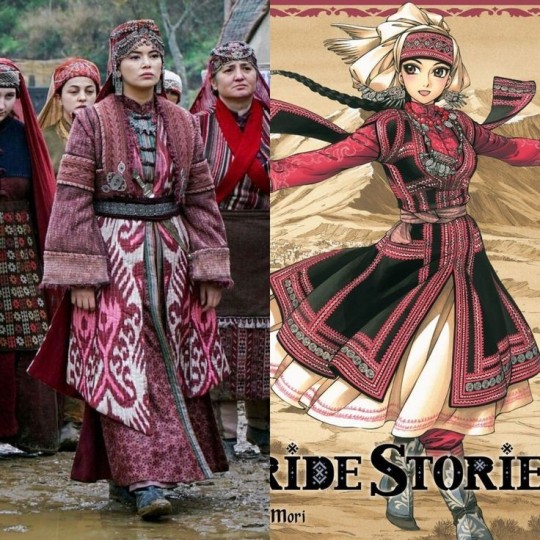

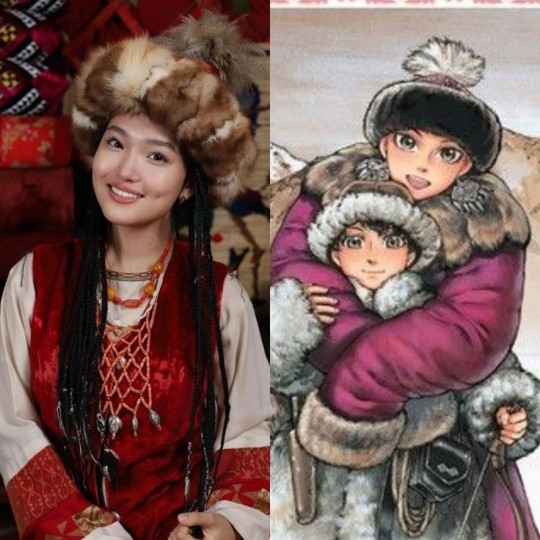
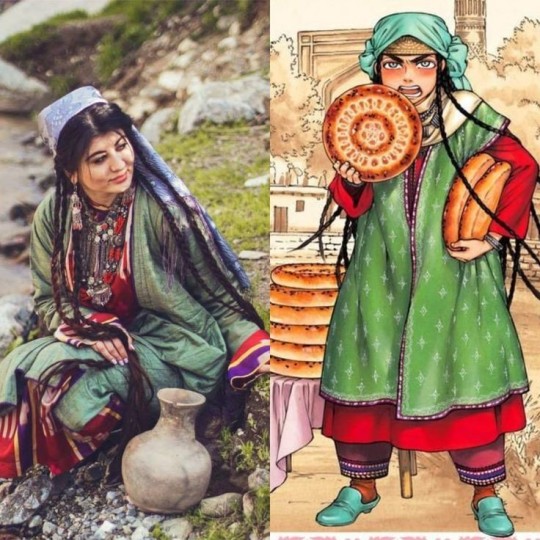
#turkic#turkish#traditional#turkiye#nomad#türk#türkiye#culture#art#artwork#anime and manga#manga#otoyomegatari#uzbek#uzbekistan#turkmen#turkmenistan#karakalpak#kazakh#kazakh culture#kazakhstan#kyrgyzstan#kyrgyz#asian#central asia#west asia
215 notes
·
View notes
Text
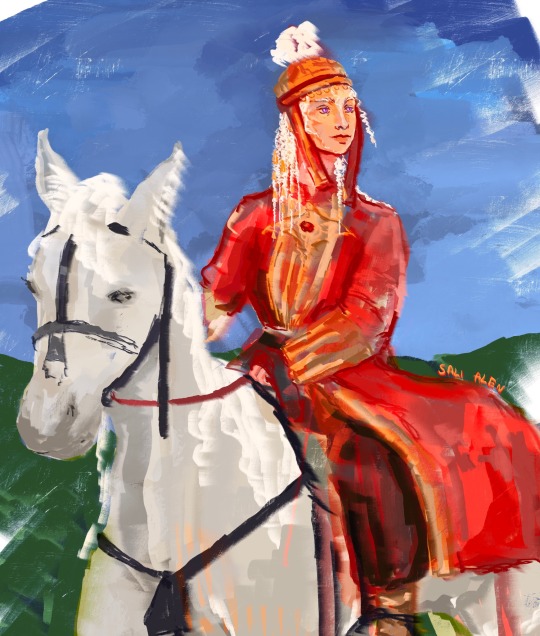
" I know she is proud. How not? what else was left her but pride? i know she is strong. How not? the Dothraki despise weakness. if Daenerys had been weak, she would have perished with Viserys."
— Tyrion vi, a Dance with Dragons
.
This piece was quick and so pleasing to draw because I have draw her in traditional Kazakh dress)I think Dothraki need more colours in dressings and better braids🐲
#asoiaf#daenerys targaryen#a song of ice and fire#house targaryen#fanart#game of thrones#got#turkic#kazakh culture#fantasy#art#illustration#daenerys stormborn#dothraki#house of the dragon
542 notes
·
View notes
Text

Happy to share a painting I made a few years ago!
This is a female warrior from the medieval Volga Bulgar era; Steppe warriors from the east who settled in Central Europe.
Hope you like it!
Best,
JCH
#dungeons and dragons#board games#concept art#fantasy art#tabletop games#magic the gathering#character design#digital painting#ancient history#armor#turkic#viking#cuman#warrior#knight
183 notes
·
View notes
Text


Teslim ol, O’na güven. 🙏🏻
#photography#film photography#35mm#analog#polaroid#cameras#turkic#i̇stanbul#mosquée#cami#çamlıca camii#islam#islam art#islamicart#Allah#god
291 notes
·
View notes
Photo
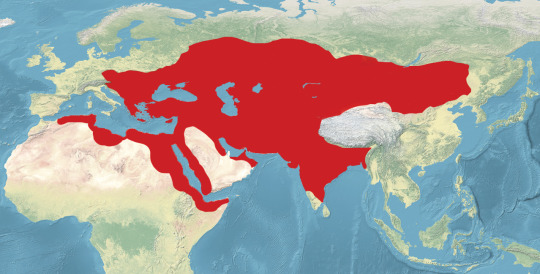
Map of All Lands Once Ruled By Turkic Empires.
197 notes
·
View notes
Text
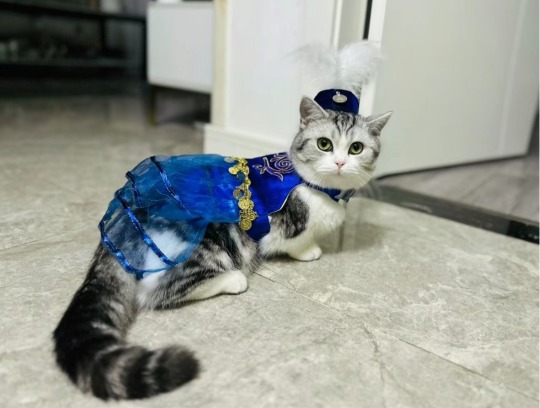

Cats in Traditional Kyrgyz Folk Clothing
#central asia#Orta Asya#Türk#Turkic#Kyrgyz#Kyrgyzstan#Xinjiang#China#xiaohongshu#Xhs#小红书#folk dress#Traditional clothing#Cute#Cats#Kedi#Animals#中国#fashion
105 notes
·
View notes
Text

Traditional Turkic Outfits
#persona 3#p3#persona#aigis#aigis persona 3#makoto yuki#minato arisato#persona 3 reload#turkic#traditional dress
64 notes
·
View notes
Text

This artifact, an ancient Roman brick with Jewish symbols (probably a burial plaque), was found in one of the graves at a necropolis from the 8th-9th century, at Čibska šuma archaeological site near Čelarevo in northern Serbia. At the site, alongside Turkic and Slavic graves, some bricks were also found with engraved inscriptions translated as Jehuda or Yahweh and Israel. According to archaeologists, they belongs to a nomadic tribe of unknown origin, that practiced Judaism. These people came from the east, most likely from the Pontic steppes and Central Asia along with Avars and settled in vast plains of the Pannonian basin in present-day northern Serbia and eastern Hungary.
#jewish#serbia#hungary#archeology#turkic#central asia#hm would like to know more about this#is there some link to the Khazars?
201 notes
·
View notes
Text
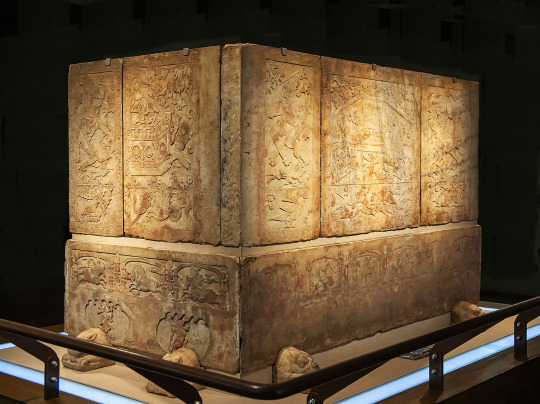

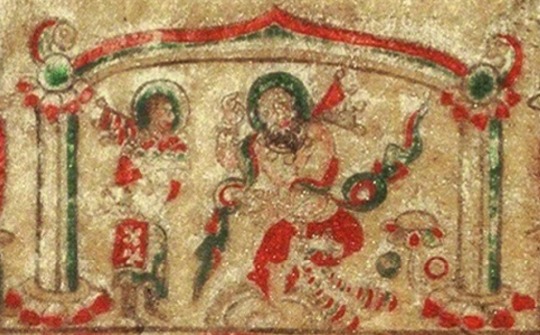

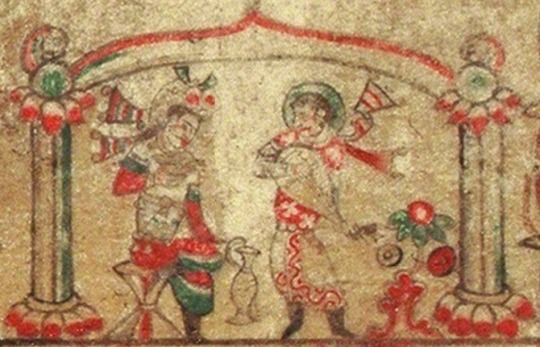




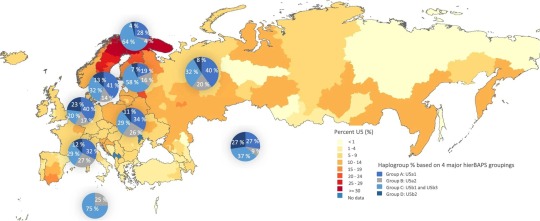
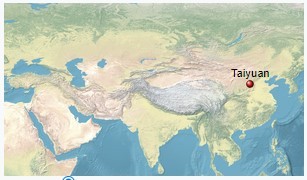
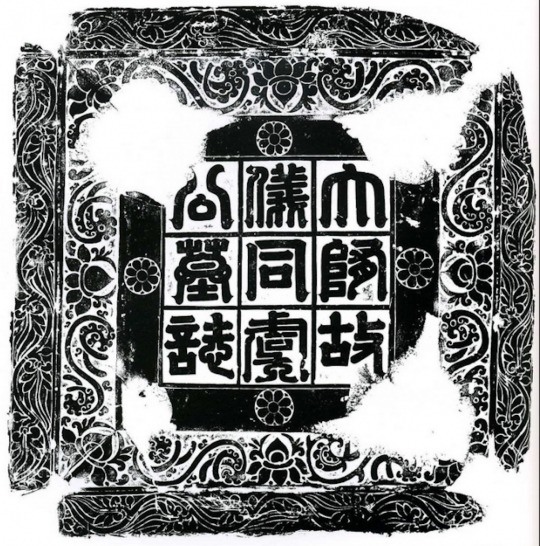
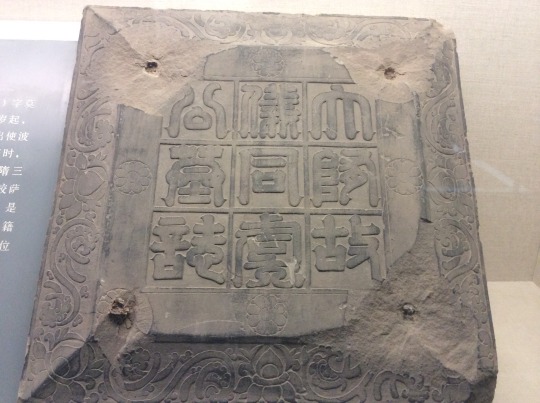

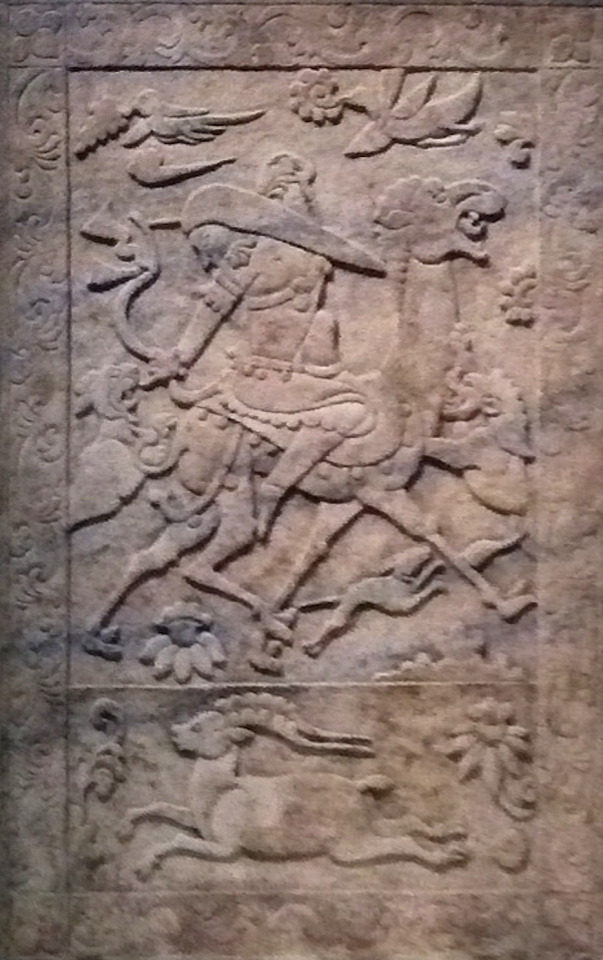
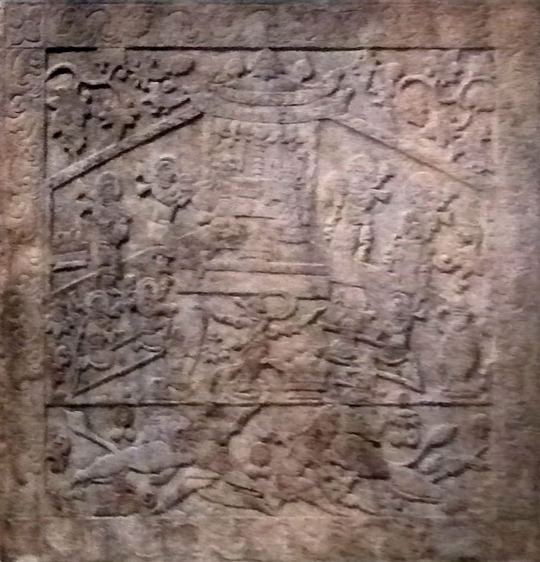
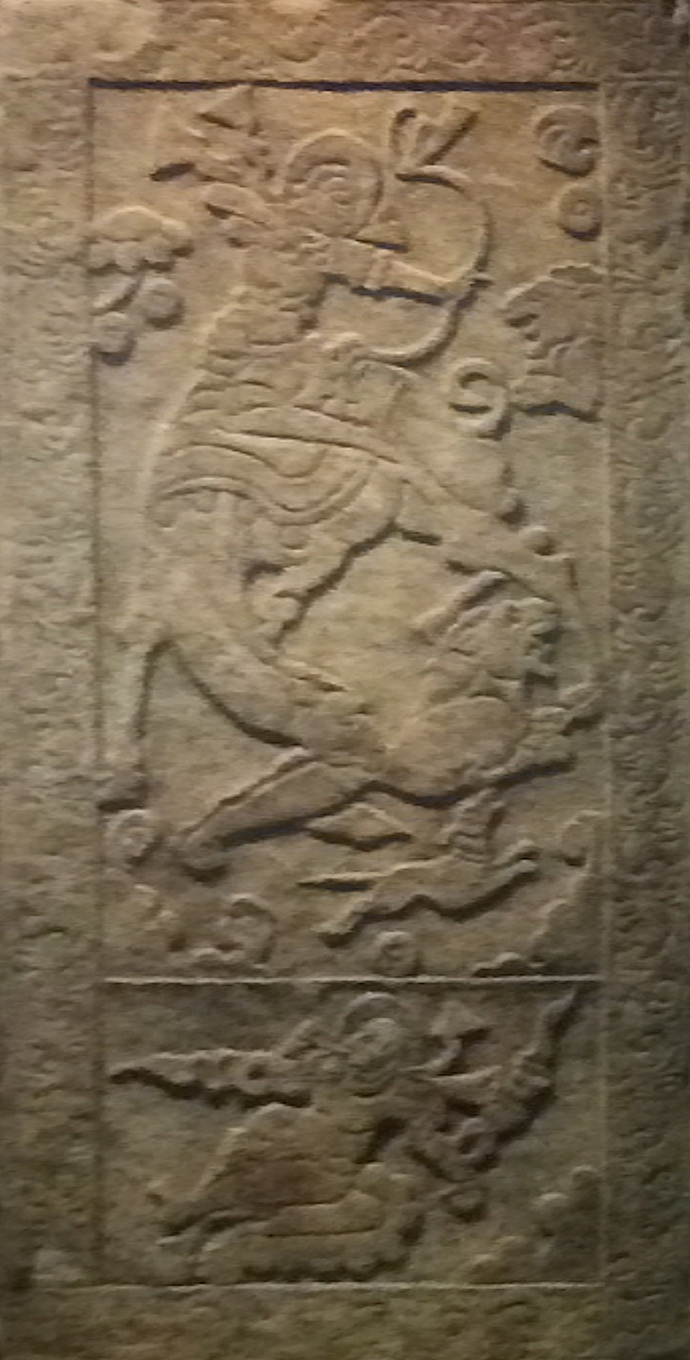
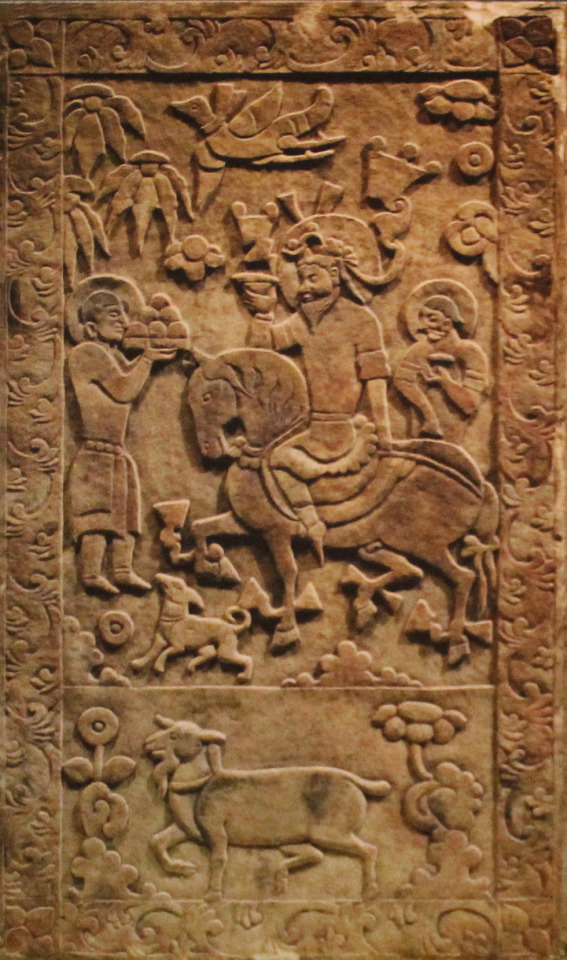
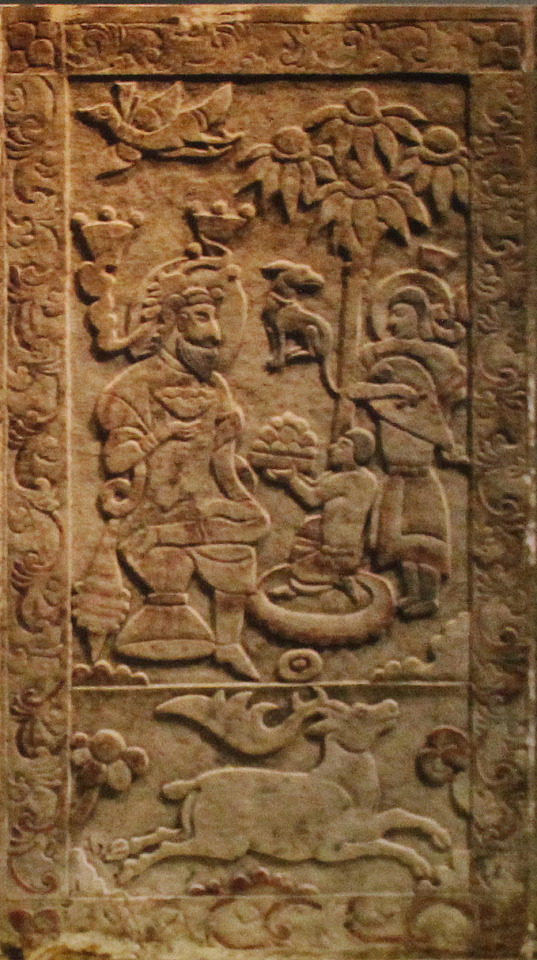
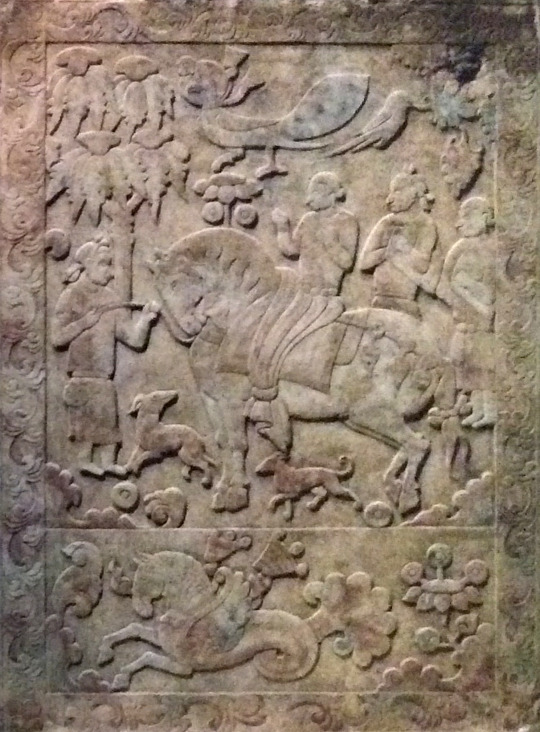
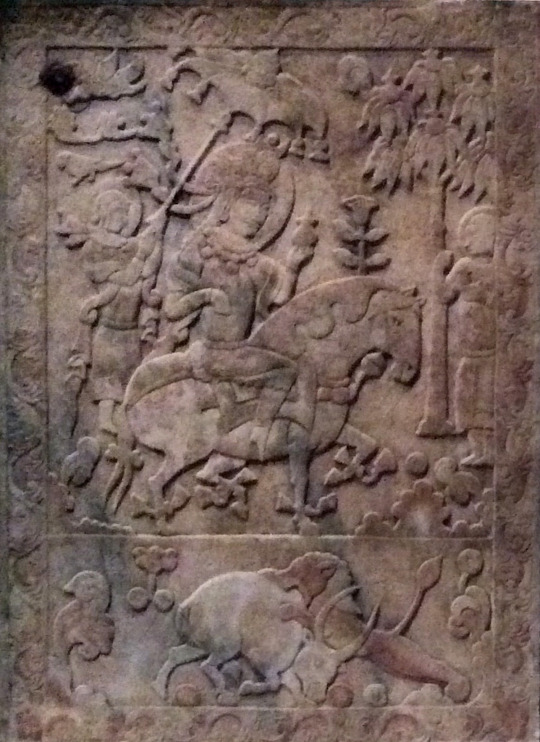
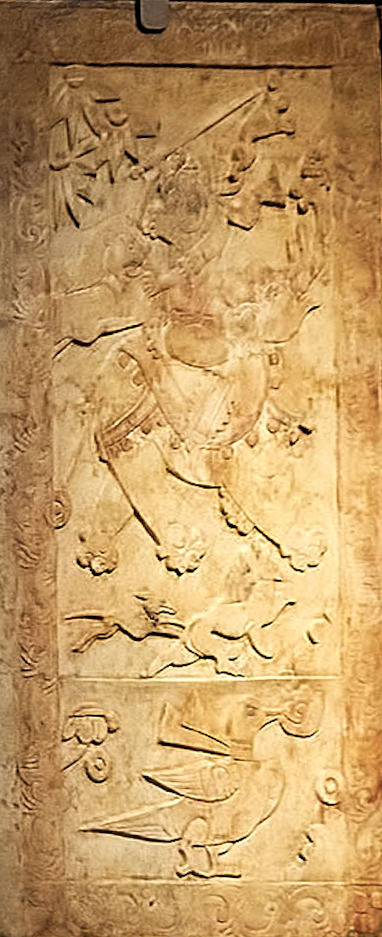
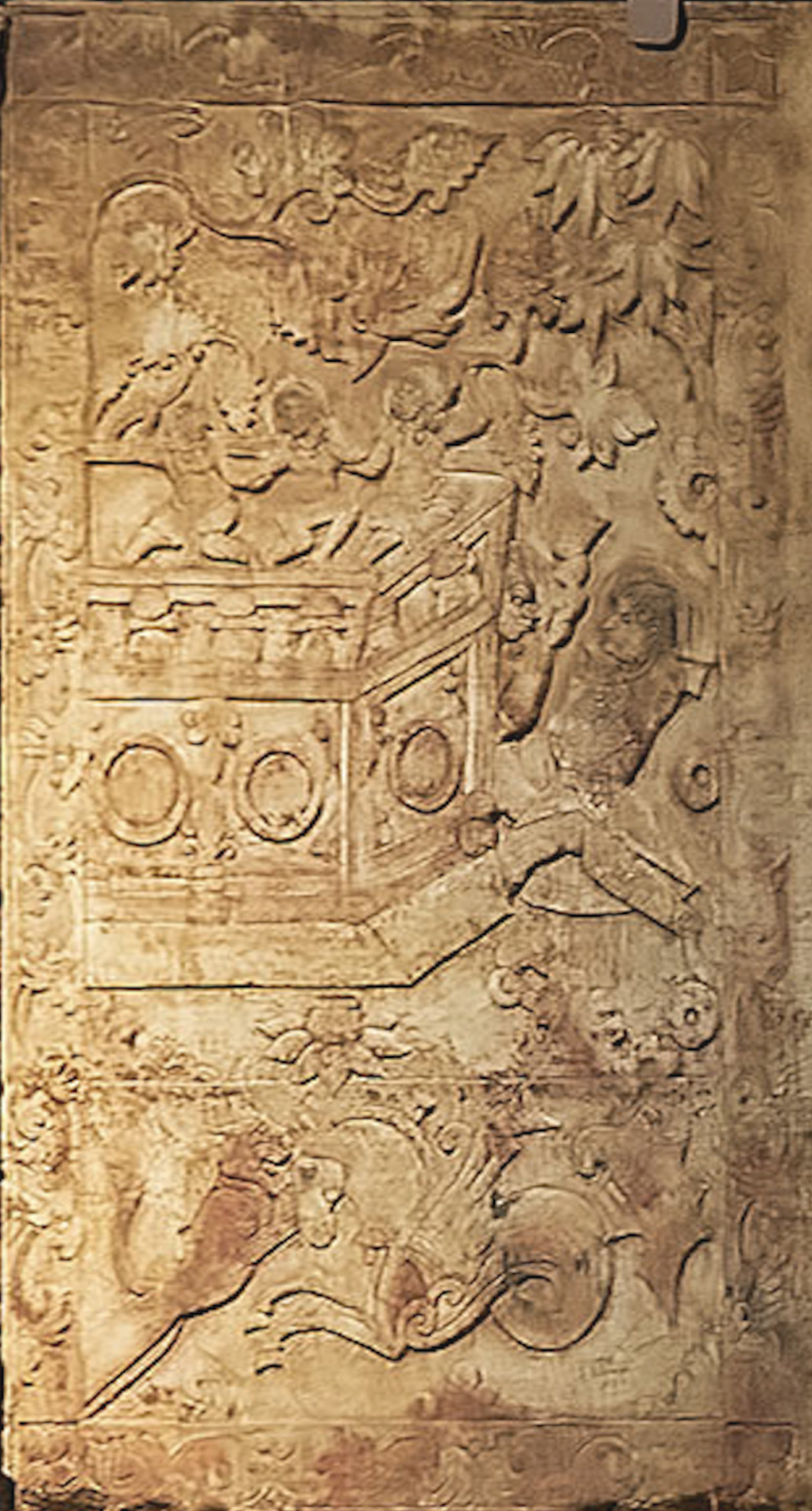

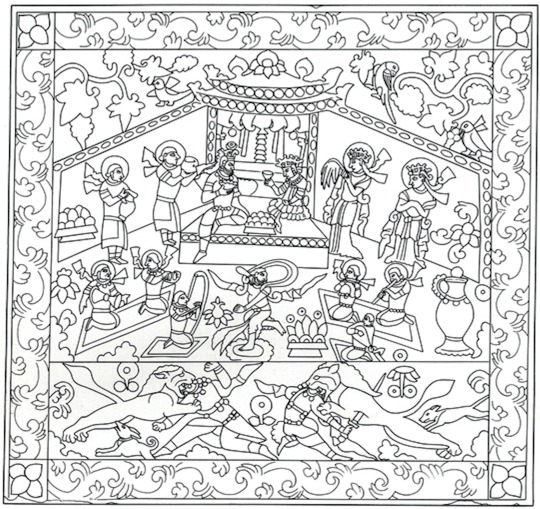
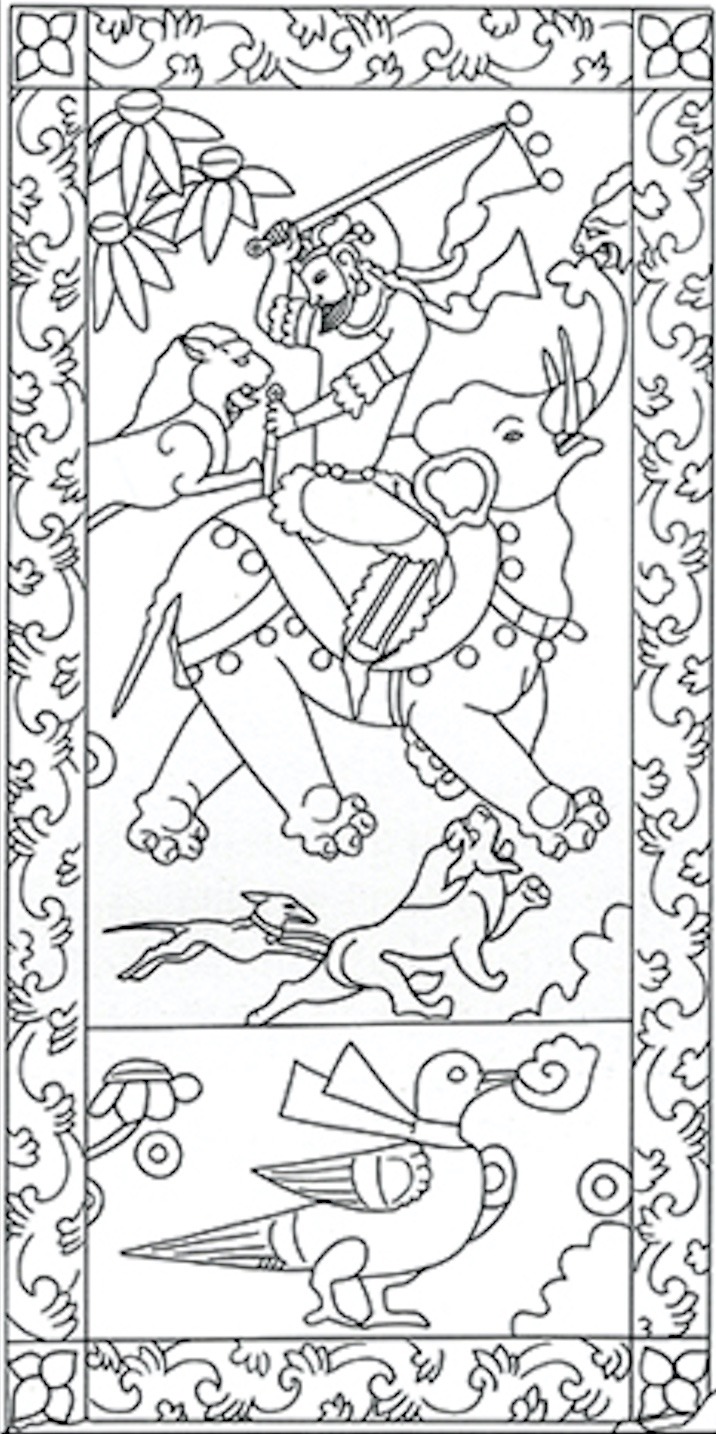
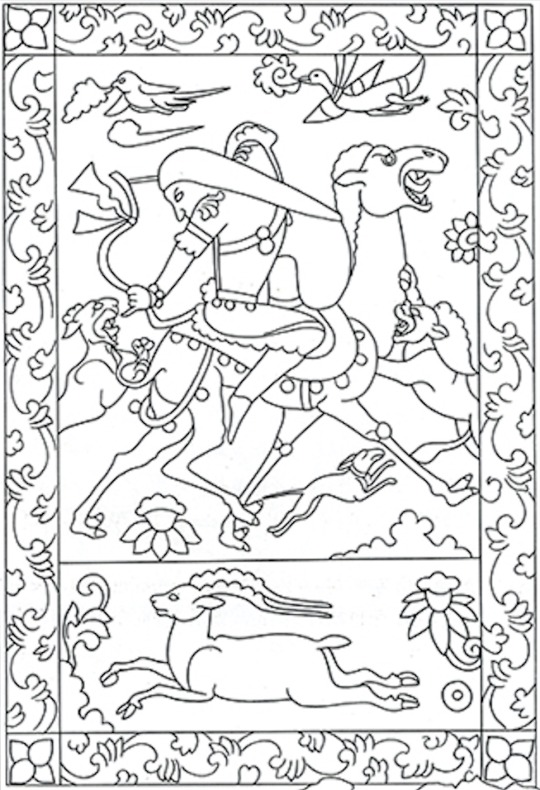



Tomb of Yu Hong 592-598 CE. Link to my blog at bottom with more sources and description of individual images.
This is probably a Sogdian tomb. Interestingly, the man has a haplogroup that was widespread amongst the blue-eyed Mesolithic/Neolithic Western Hunter Gatherers (WHG are probably where blue eyes originated from) and the haplogroup is found today most prominently in Sami, Finns, and Estonians. His wife has a haplogroup found prominently amongst East Asians. Based on her East Asian origins and the inclusion of some Turkic-looking people in the tomb's artwork I would assume she was probably a Turk, herself. The long-haired men without halos (e.g. panel 4) are probably Turks, that was a typical appearance for them during this time period. Men from other surrounding populations such as the Sogdians, Huns, Tocharians, etc. typically kept shorter hair that didn't go past their shoulders. More info:
"The man buried in the tomb went by Yu Hong (Chinese: 虞弘; pinyin: Yú Hóng; Wade–Giles: Yü Hung; 533–592 AD), with Mopan (莫潘) as his courtesy name, who was a Central Asian, probably of Persian or Sogdian origin, and practiced Zoroastrianism. He had settled in Early Middle Period China during the Northern Qi, Northern Zhou and Sui dynasties. This tomb is so far the only archaeological find in the Central Plains region that reflects Central Asian (Western Regions) culture. The epitaph found in the tomb records that he was a noble of the city of Yü-ho-lin / Yuhelin (尉紇驎) in the mysterious Yu country (魚國), assumably for which he is named, because the two characters 虞 and 魚 are homophones.
According to the epitaph, Yu Hong started his career in service of the nomadic tribe at the time, known as Ruru. At the age of 13, he was posted as an emissary to Persia by the Khagan of Ruru, as well as Parthia, Tuyuhun and Yuezhi. Later he went on a mission to the Northern Qi, Northern Zhou and Sui dynasties. He served as chien-chiao sa-pao fu / jianjiao sabao fu (檢校薩保府, lit. “acting director of the office of Zoroastrian affairs”, or “Sogdian affairs”) during the Northern Zhou period. The term sa-pao / sabao (薩保) comes from the Sogdian s′rtp′w, means a “caravan leader”.
He had later served as a provincial governor in the Sui dynasty government, a chieftain of the Central Asian people who had settled in China during that period. Yu Hong died at the age of 59 in 592 AD. His wife survived him by six years, and was buried in the same grave in 598 AD.
A study on ancient DNA reveals that Yu Hong belonged to the haplogroup U5, one of the oldest western Eurasian-specific haplogroups, while his wife can be classified as haplogroup G, the type prevalent in East Asia.
The age of U5 is estimated at between 25,000 and 35,000 years old, roughly corresponding to the Gravettian culture. Approximately 11% of Europeans (10% of European-Americans) have some variant of haplogroup U5.
U5 was the predominant mtDNA of mesolithic Western Hunter Gatherers (WHG) [this is where blue eyes probably originated from].
U5 has been found in human remains dating from the Mesolithic in England, Germany, Lithuania, Poland, Portugal, Russia, Sweden, France and Spain. Neolithic skeletons (~7,000 years old) that were excavated from the Avellaner cave in Catalonia, northeastern Spain included a specimen carrying haplogroup U5.
Haplogroup U5 and its subclades U5a and U5b today form the highest population concentrations in the far north, among Sami, Finns, and Estonians. However, it is spread widely at lower levels throughout Europe. This distribution, and the age of the haplogroup, indicate individuals belonging to this clade were part of the initial expansion tracking the retreat of ice sheets from Europe around 10,000 years ago.
U5 was the main haplogroup of mesolithic European hunter gatherers. U haplogroups were present at 83% in European hunter gatherers before influx of Middle Eastern farmer and steppe Indo-European ancestry decreased its frequency to less than 21%.
Today, haplogroup G is found at its highest frequency in indigenous populations of the lands surrounding the Sea of Okhotsk. It is an East Asian haplogroup. Haplogroup G is one of the most common mtDNA haplogroups among modern Ainu, Siberian, Mongol, Tibetan and Central and North Asian Turkic peoples people (as well as among people of the prehistoric Jōmon culture in Hokkaidō). It is also found at a lower frequency among many other populations of East Asia, Central Asia, Bangladesh, Sri Lanka, and Nepal. However, unlike other mitochondrial DNA haplogroups typical of populations of northeastern Asia, such as haplogroup A, haplogroup C, and haplogroup D, haplogroup G has not been found among indigenous peoples of the Americas."
-taken from Wikipedia
#sogdiana#indo european#ancient china#ancient history#antiquities#history#art#museums#sculpture#statue#ancient#turkic#eurasian#finnish#estonian#finno ugric#genetics
129 notes
·
View notes
Text
The Forgotten Legend of Unugai

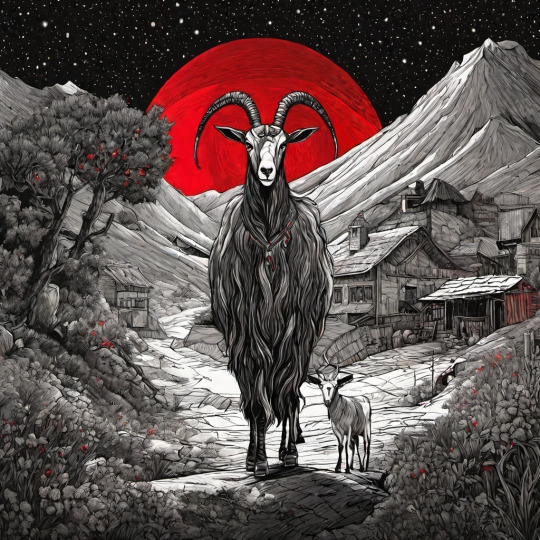
Post written by Anar Turangi
Imagine yourself as a traveller in ancient times, riding your horse through the hushed darkness of a graveyard. As expected, the cemetery lies still and empty in the late night hours. Suddenly, your attention is drawn to an unexpected sight—a stray goat perched by a gravestone.
While you were pondering, the goat has already made eye contact with you. You would like to look away, but something draws your gaze to the goat. In a bizarre twist, the goat rises onto its hind legs, its hooves rapidly growing in size, elevating it almost to human height. Without hesitation, the transformed goat rushes at you, lightning-fast covering the distance between you.
The roar of the frightened horse brought you out of your daze and you tried to run away from the demonic creature, but it was faster. With astonishing agility, the creature leaps onto your horse and clings onto you from behind. The horse immediately weakened under the influence of the new rider, and so did you. With each passing second you feel your strength leaving you, and your resistance is futile.
However, the first rays of sunlight glimmered on the horizon, and the creature's grip began to weaken quickly. The colossal goat swiftly dismounts the horse and vanishes from your sight in the blink of an eye.
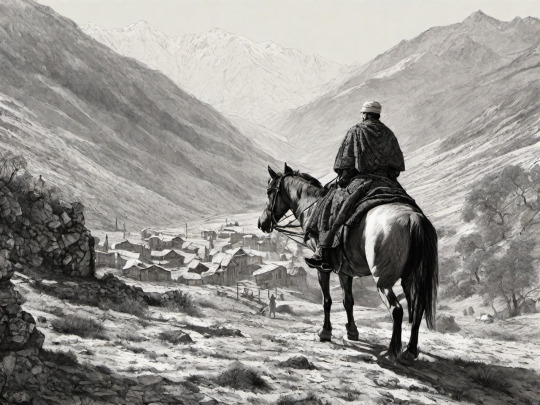

Once you come to your senses, you make your way to the nearest village, hoping to uncover an explanation for the harrowing encounter. You recount your story to the village elders, known as ağsaqqallar, who listen attentively.
After careful consideration, the elders identify the demonic creature that assaulted you last night as Unugai. The elders express sympathy for your plight, explaining that the limp you acquired from the incident will be joined by a speech impediment. The duration of these afflictions remains uncertain, leaving you with an unsettling sense of uncertainty.
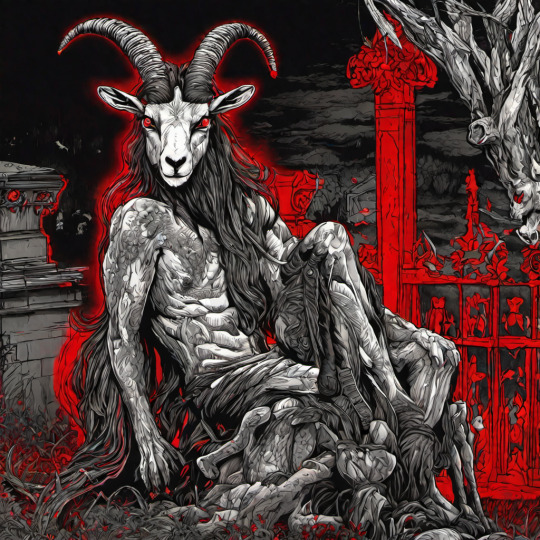


AI art concepts of Unugai
Unugai, also known as Unuqai in Azerbaijani folklore, is a captivating and enigmatic entity. Its original manifestation takes the form of a lone stray goat that seeks solace amidst the eerie stillness of moonlit cemeteries. In these sacred grounds, it lies in wait, patiently selecting its prey from the ranks of solitary travelers who dare to lock eyes with its otherworldly gaze.
With an unsettling intent, Unugai often seeks to ensnare its chosen victim in an eerie embrace, a chilling touch that inflicts torment and sends shivers down the spine. The aftermath of such a sinister encounter often leaves the unfortunate traveler plagued by sickness, an affliction that manifests as an unsettling limp and an unsettling stutter.
As tales of Unugai weave through the tapestry of legends, whispers of its vulnerabilities emerge. The creature is rumored to cower in fear at the sight of iron needles and pins, particularly when aimed at its most vulnerable points—the fragile junctures where a well-placed needle can pierce the neck or the lumbar vein.
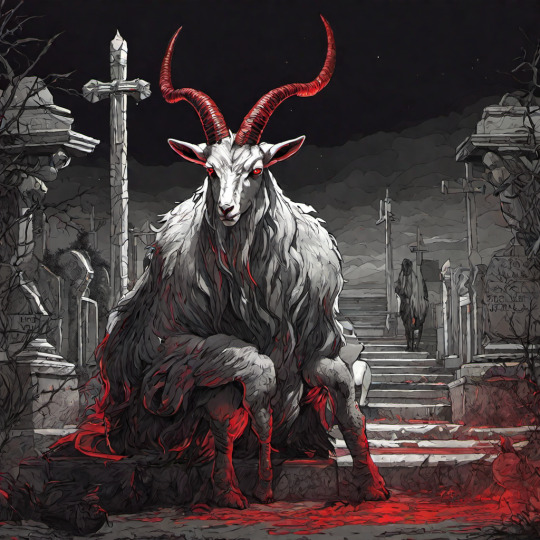
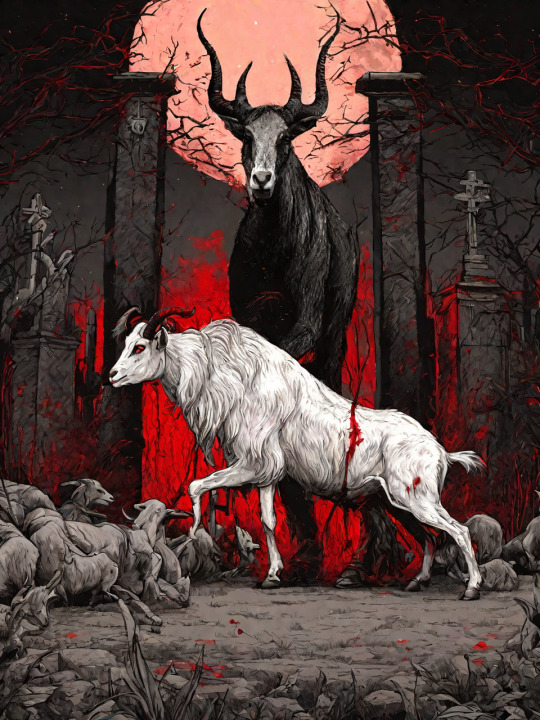
In more diabolical incarnations, Unugai preys upon pregnant women, luring them to the eerie embrace of the cemetery, where it snatches their unborn offspring for a gruesome feast.
The sunlit sanctuary Unugai retreats to during daylight remains an unsolved mystery. One can only speculate that it may visit its maternal figure, Al-Ana, a progenitor of various dark entities in Turkic myths.
Much like its mother, Unugai possesses the uncanny ability to ride a horse. However, this dread-inspiring talent casts a shadow of terror and suffering wherever it roams.
Mentions of Unugai were found mainly in the Sheki region of Azerbaijan, where tales of his ominous presence were once deeply rooted in local folklore. Yet, the passage of centuries, marked by the influence of Islamic beliefs, has nearly erased Unugai from the collective consciousness. Nowadays, the mere mention of cemeteries at night sends chills down the spines of children, who, in their fear, cry out not "Unugai!" but rather "jin," invoking the spirits of Islamic legend.
Intriguingly, archaeological discoveries in present-day Azerbaijan have unveiled enigmatic, smiling idols, thought to have been placed in cemeteries by the ancient tribes of Caucasian Albania. Their purpose remains shrouded in mystery, but a tantalizing connection emerges when exploring the legend of Unugai and its transformation into the genie narrative. It beckons us to consider that in bygone eras, similar legends may have pervaded these lands, and people, through the guardianship of idols, sought to shield their sacred resting places from malevolent forces.
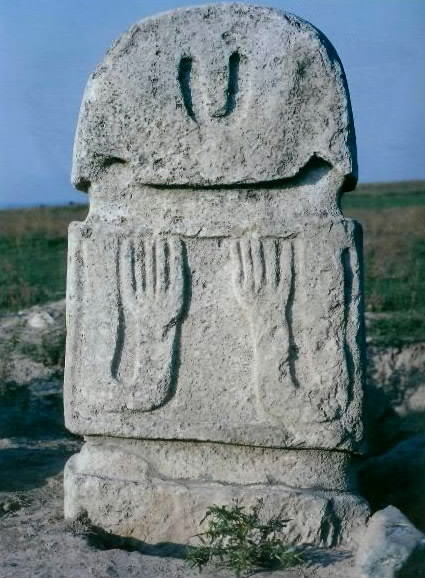
#Unugai#Unuqay#Azerbaijan#folklore#witcher#mythical creatures#art#history#mystical#pagan#medieval#antique#caucasus#легенда#легенды#мифы#мифология#кавказ#turkic#shaki#travelling#travel#tourism#kish#scp fandom#scp fanart#scp#spooktober
108 notes
·
View notes
Text

Tӧӧlӧs Turkic girl from Altai, Russia
438 notes
·
View notes
Text

Kruszyniany Mosque, Kruszyniany, Poland.
Formerly a primarily Lipka Tatar village, Kruszyniany’s mosque is first mentioned in historical records from 1717.
259 notes
·
View notes
Text

Here is a painting I made a few years ago + some edits.
This is a female warrior from the medieval Volga Bulgar era; Steppe warriors from the east who settled in Central Europe.
Hope you like it!
Best,
JCH
#dungeons and dragons#board games#concept art#fantasy art#tabletop games#digital painting#magic the gathering#character design#ancient history#armor#medieval#cuman#bulgar#bulgaria#mongol#turkic
391 notes
·
View notes
Text


nasip kısmet.. 🍃
#photography#i̇stanbul#cami#çamlıca camii#mosque#hayat#üsküdar#islamic#huzur#architettura#islam architecture#film photography#35mm#analog#turkic
160 notes
·
View notes
Photo

Turkic countries in 2121 according to ChatGPT
by golden_horde.mapper
45 notes
·
View notes